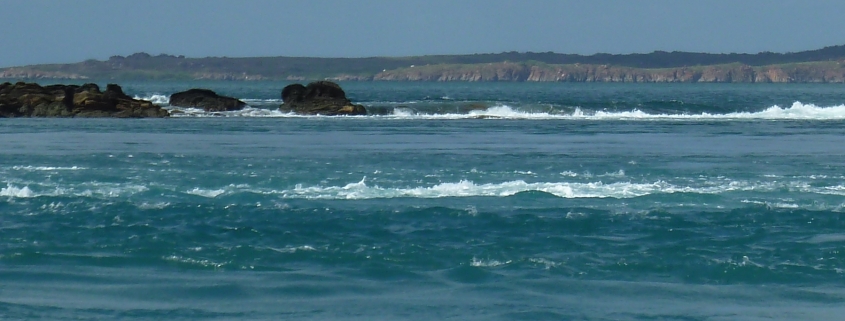Phytoplankton Proves its Carbon Capture Capability in Extreme Environments
A new study has found that phytoplankton, the microalgal powerhouse plants of the sea, are able to change their physiology and continue to uptake and store carbon despite the extreme tidal movement and dynamic light conditions in the Kimberley.
If there’s one thing that the Kimberley marine environment can teach us, it’s the best way to live in an extreme environment, according to CSIRO’s James McLaughlin, lead author of the latest paper on Phytoplankton Light Acclimation to Periodic Turbulent Mixing Along a Tidally Dominated Tropical Coastline published in JGR Oceans.
The study in King Sound, which is a 100‐kilometre‐long, semi-enclosed embayment opening to the Indian Ocean, was conducted by researchers from CSIRO and The University of Western Australia as part of the Western Australian Marine Science Institution’s (WAMSI) Kimberley Marine Research Program.
It reveals that despite low nutrients and decreased water clarity in areas of the Sound, phytoplankton were able to photosynthesise as if it were in a high light exposure environment. On the adjacent shelf however, the roles reversed, phytoplankton migrate deeper and acclimatise their photosynthetic strategy to a lower light environment, enabling them to reach available nutrients at depth.
“King Sound experiences very large variations in light over short time scales, and we found that the phytoplankton community there was dominated by diatoms, a microalgae that can rapidly adjust pigment within the cell to acclimate to water column light conditions,” James McLaughlin said.
“What this does is allow higher maximum photosynthetic rates to be attained by the phytoplankton which are trying to live in a region with extreme tides, in an environment that is constantly changing from deeper turbid and dark waters to shallow more light exposed ones,” James said.
Tides help to redistribute phytoplankton and nutrients and this in turn influences their population and community structure within marine ecosystems. It is important to better understand the impact of tidal mixing on the ability of phytoplankton to capture and store atmospheric carbon dioxide in these dynamic coastal areas.
The $30 million Kimberley Marine Research Program was funded through major investment supported by $12 million from the Western Australian government co-invested by the WAMSI partners and supported by the Traditional Owners of the Kimberley.

